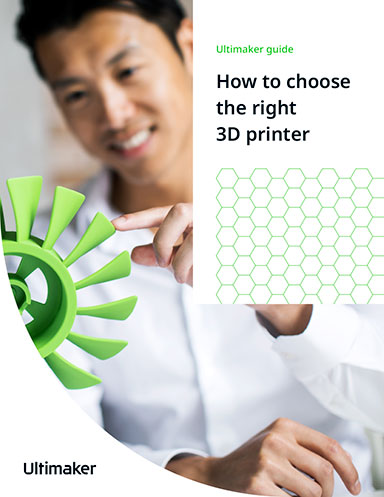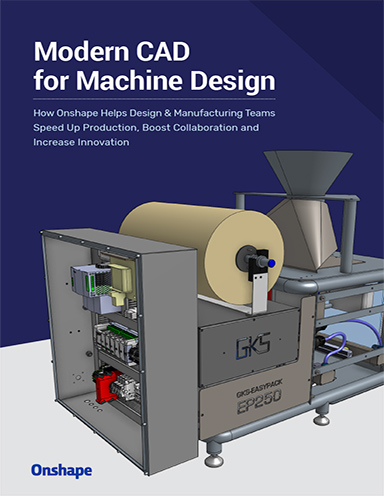Picking the Right Process
There is no single solution to choosing the optimal production process, just a tried-and-true method of asking the right questions and leveraging vendor help.
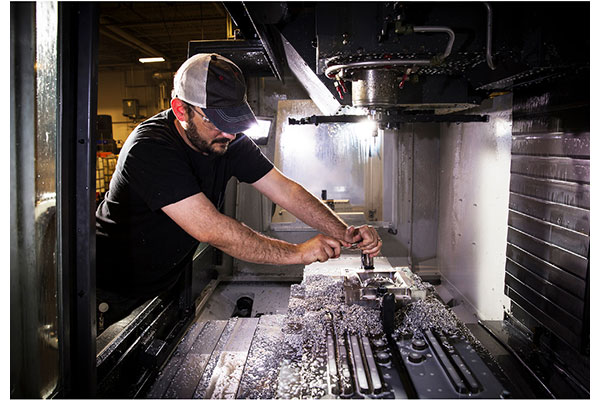
Protolabs offers injection mold milling as part of its broad portfolio of digital manufacturing services. Image courtesy of Protolabs.
Latest News
June 30, 2022
Protolabs, an on-demand digital manufacturing service provider, has experienced all ends of the spectrum regarding design and engineering teams mapping out a production strategy to bring product ideas to life.
Some turn to Protolabs to execute a fully-formed plan that targets a specific manufacturing method and niche alloy material. Others come in with a product idea they’re about to launch with no real manufacturing background—let alone any inkling about how to determine the optimal production method.
“We always begin by asking wide-open questions about where they are in the development cycle,” says Eric Utley, technical sales engineer at Protolabs. “We want to know what quantities they’re dealing with at the moment and where they expect to be down the road in six months or even a year or two so they don’t paint themselves into a corner. It’s all about the dialog and speaking to customers in terms of what they really need.”
Selecting the right production process has always been a bit of a black box and the problem has not gotten any easier as the number of options for manufacturing parts and products has mushroomed beyond time-tested conventional practices.
With a variety of additive manufacturing (AM) technologies and flexible, high-performance materials readily available—many advanced enough to meet production-grade quality and performance targets—engineering organizations must evaluate so many choices, it’s become difficult to narrow the field.
Many organizations, overwhelmed by the variety, opt to stick with what they know. Instead of thinking outside the box to reevaluate current production methods and explore more cost-efficient or design-friendly alternatives, they stay the course with conventional manufacturing processes. The justification for that decision is usually that they already made an investment in expensive tooling or some other production capability or their existing in-house expertise is well-versed in a particular technology and they don’t want to incur the expense of onboarding new talent or retraining or reorienting the existing workforce.
Aside from inertia, companies too often fail to consider the manufacturing process at the earliest stages of part design, despite the fact that it is now generally considered an industry best practice. Without a shift to a design for manufacturing (DfM) mindset, companies are significantly hampered in their ability to optimize production effectively and, more importantly, drive cost out of the equation by switching to a more cost-effective process or, alternatively, not overdesigning parts.
“Asking the right questions before going into part design and product development is key for choosing the right manufacturing process,” says Juliette Combe, application engineer, product team, at Formlabs. “The most important questions are defining the materials you need and the volume of production you require. You have to be thinking about these things before you even think about the process.”
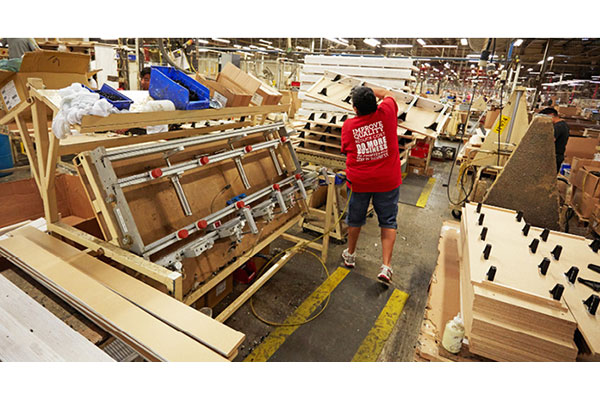
Evaluating Trade-offs
Some general rules of thumb can help determine when and where particular manufacturing processes make sense:
Materials requirements. Doing a deep dive into materials is a great way to narrow the field as certain production methods have limited options or are associated with materials choices that are unable to meet the performance and structural specifications of a particular design. For instance, many early AM technologies had limited material choices, most not suitable for production parts.
Even as the materials palette has evolved across all AM technologies, some highly specialized characteristics are not readily available, and the breadth of options typically pales in comparison to traditional processes like injection molding. In addition, certain metals or plastics don’t lend themselves to the heating or sintering processes that define 3D printing. Moreover, certain materials will exhibit different properties depending upon the production method used.
“While actual geometry can be changed to map to a particular manufacturing technology, usually the materials requirement is harder,” Utley explains. “Narrowing down the materials requirement, therefore, can help narrow down the manufacturing options. It’s the first place to start.”
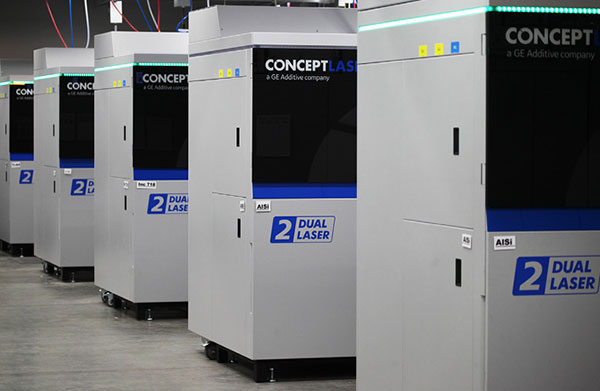
Protolabs maintains a farm of direct metal laser sintering (DMLS) 3D printers. Image courtesy of Protolabs.
Protolabs also advises customers to avoid overdefining materials requirements as they can make a big difference in selecting a particular manufacturing approach as well as dictating price or lead time.
“Changing the heat threshold 20 to 30 degrees may free you from being pigeonholed into one particular material to opening up options for seven or eight, which in turn, creates the ability to choose different manufacturing processes,” Utley says.
Design complexity. Aerospace and medical device industry players were early adopters of metal 3D printing to produce novel designs for various reasons. Metal 3D printing is well suited for producing highly complex and organic shaped parts, often by consolidating multiple components into a single assembly—a design objective common across those industries. In addition to part complexity, medical device makers and aerospace companies produce relatively low numbers of parts, often customized, in the hundreds or thousands, compared to consumer goods or industrial products where you are mass producing a commodity item.
Consider a heat exchanger, where the goal is to achieve the greatest amount of energy efficiency for the design space. Though it might cost half as much to produce with computer numerically controlled (CNC) machining, the ability to redesign the part for lightweighting, more surface area and higher heat transfer rates using 3D printing more than justifies the trade-offs.
“Aerospace companies are willing to pay the extra money if they can shave 5 to 10 percent weight off their part designs,” Utley says.
In contrast, CNC and machining manufacturing technologies offer better economies of scale for simpler parts, produced in mass quantities.
“There are new surface finishing techniques out there for 3D printing that bridge the gap between a prototype and production look, but there is a threshold of how much you can produce with AM in terms of throughput,” says Greg Paulsen, director of application engineering, at Xometry, an on-demand manufacturing service provider. “Once you have tooling up or a work cell up in traditional processes, it’s hard to compete with that.”

Handheld jigs made out of 3D printed and machined components produced through Xometry’s manufacturing on-demand services. Image courtesy of Xometry.
Volume. Injection molding and casting techniques generally lend themselves to mass-produced parts, given their ability to scale to meet higher production demands and the upfront costs associated with creating molds and tooling. Once molds are built, however, injection molding practices also offer out-of-the-gates better surface finishing than most 3D printing technologies, which require extra post-processing steps.
Formlabs makes the case that even if 3D printing isn’t a fit for producing the end-use part, the process can serve as a more cost- and time-efficient way to produce injection-molded tooling in-house versus relying on outside partners. The company advocates 3D printing as an in-house rapid tooling approach, helping manufacturers validate design and material choices prior to transitioning to other forms of mass production.
3D-printed rapid tooling supports various manufacturing processes to produce plastics, silicone or rubber parts, composites and even metal parts, Combe says, allowing manufacturers across industries to leverage 3D printing in different ways to develop functional tools. “Companies should be more open-minded about how 3D printing can be used in tooling and other intensive processes, not just directly for printing prototypes,” she says.
Streamlining the Decision Process
To help its customers navigate the complexities of evaluating production strategy trade-offs, Xometry has built an instant quoting engine into its platform. The capabilities leverage the power of neural net-based machine learning techniques to instantly assess an uploaded CAD model for manufacturability feedback along with providing potential cost and lead times for specific manufacturing processes. Engineers can easily adjust the process, materials and finish qualities through searchable drop-down menus and instantly review an updated price.
“Engineers and designers don’t want to get a quote—it’s a headache to wait for feedback,” Paulsen says. “This is instant gratification for someone trying to understand budgets and lead times.”
Altium, a maker of printed circuit board (PCB) design software, is also trying to simplify the processes for sourcing and manufacturing electronics designs given all the supply chain and chip shortage challenges since the onset of the global pandemic. Because the bulk of PCB design involves sourcing commodity components—not creating new part designs—Altium partnered with MacroFab to create Altimade, an on-demand manufacturing platform.
Similar to Xometry’s Instant Quote Engine, PCB designers using Altium Designer can directly access the integrated Altimade platform for rapid quoting and ordering services to streamline the process of getting PCB boards to production, according to Ted Pawela, chief ecosystem officer for Altium and head of its Nexar cloud-based services.
Key to the Altimade service is MacroFab’s cloud-based manufacturing platform, which allows users to tap into competitive pricing and elastic factory capacity across hundreds of manufacturing lines. Integrating this functionality directly into PCB design software connects design and manufacturing functions to help organizations better achieve their design for manufacturability goals, adds Misha Govshteyn, CEO of MacroFab.
“It’s very difficult today to have your design go into production and get built without some kind of drama,” Govshteyn says. “People want to eliminate potential blockers and remove the chance they may run into a ditch and slow down the process.”
More Altium Coverage
More Formlabs Coverage
More Protolabs Coverage
Subscribe to our FREE magazine, FREE email newsletters or both!
Latest News
About the Author
Beth Stackpole is a contributing editor to Digital Engineering. Send e-mail about this article to DE-Editors@digitaleng.news.
Follow DE




